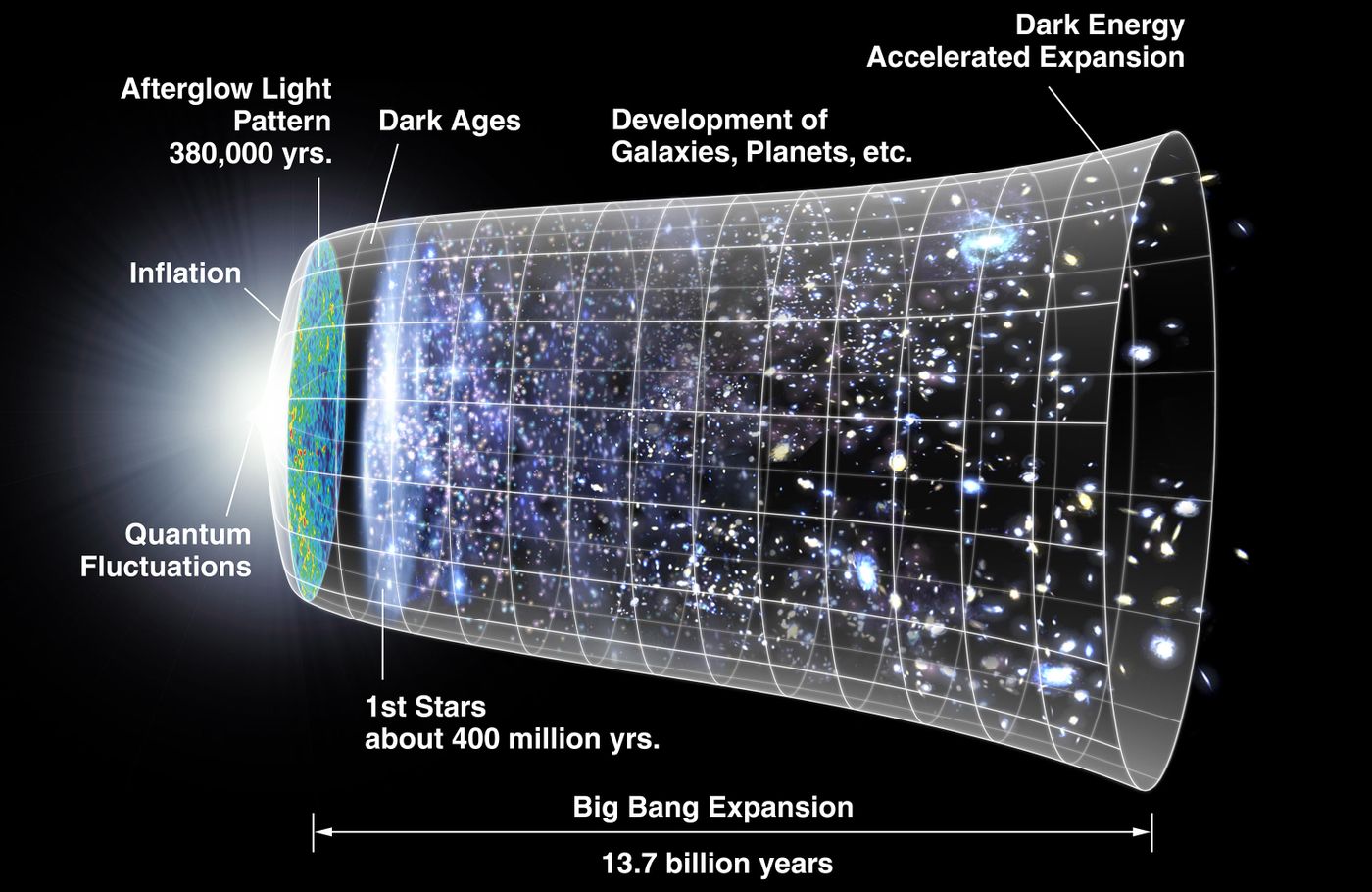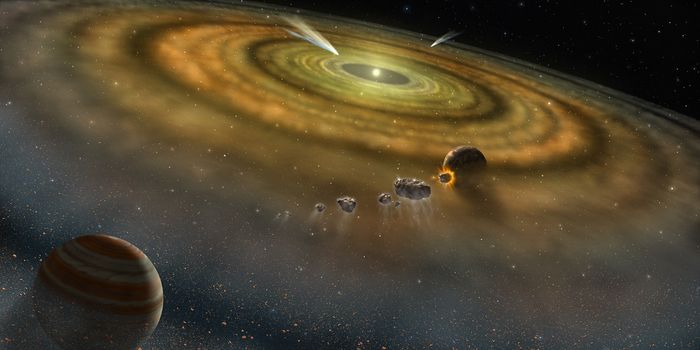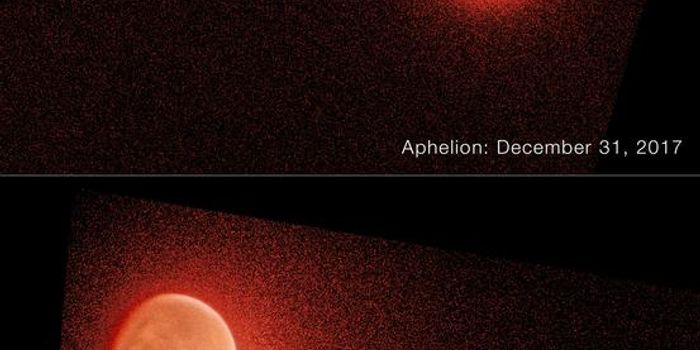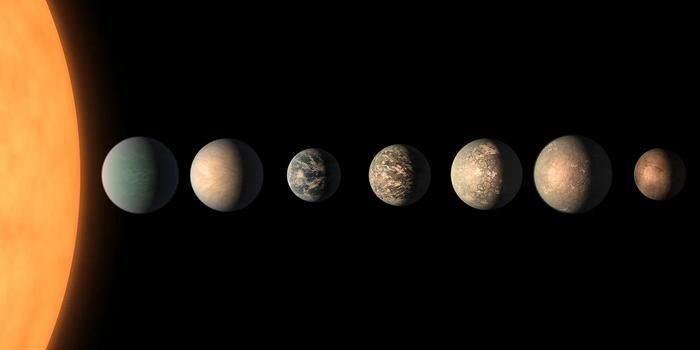Stars and Black Holes immediately after Big Bang
In a recent study published in the Monthly Notices of the Royal Astronomical Society, a team of researchers from the University of Texas (UT) at Austin have used computer modeling to simulate the first star formations that took place almost immediately after the Big Bang and how black holes contributed, or diminished, their formations. This study is intriguing because it helps paint a better picture of the processes that occurred within the first 100 million years of the universe’s existence. For the study, the team used the Stampede2 supercomputer of the Texas Advanced Computing Center (TACC) at the University of Texas at Austin.
"We found that the standard picture of first-star formation is not really changed by primordial black holes," said Boyuan Liu, a post-doctoral researcher at the University of Cambridge, and lead author of the study.
Traditional models of the early universe state that the gravitational pull of black holes helped seed the formation of halo-like structures like how dust particles help form cloud structures on Earth. These halo-like structures of black holes helped build the foundation for matter to accrete into the universe’s first stars and galaxies. However, the intense heat given off by this accretion disk around a black hole is a bad thing for star formation, as the gas involved in the formation is required to cool down to condense enough to trigger the nuclear reaction for star birth.
"We found that these two effects -- black hole heating and seeding -- almost cancel each other out and the final impact is small for star formation," Liu said.
The study discussed the importance of dark matter playing a key role in this process. However, the nature and composition of dark matter continues to be one of the most elusive mysteries in all of science, let alone astrophysics, and laboratory research has yet to directly detect it.
"Supercomputers are enabling unprecedented new insights into how the universe works,” Volker Bromm, professor and chair, Department of Astronomy, UT Austin, and a co-author on the study. “The universe provides us with extreme environments that are extremely challenging to understand. This also gives motivation to build ever-more-powerful computation architectures and devise better algorithmic structures. There's great beauty and power to the benefit of everyone."
Sources: Monthly Notices of the Royal Astronomical Society
As always, keep doing science & keep looking up!









